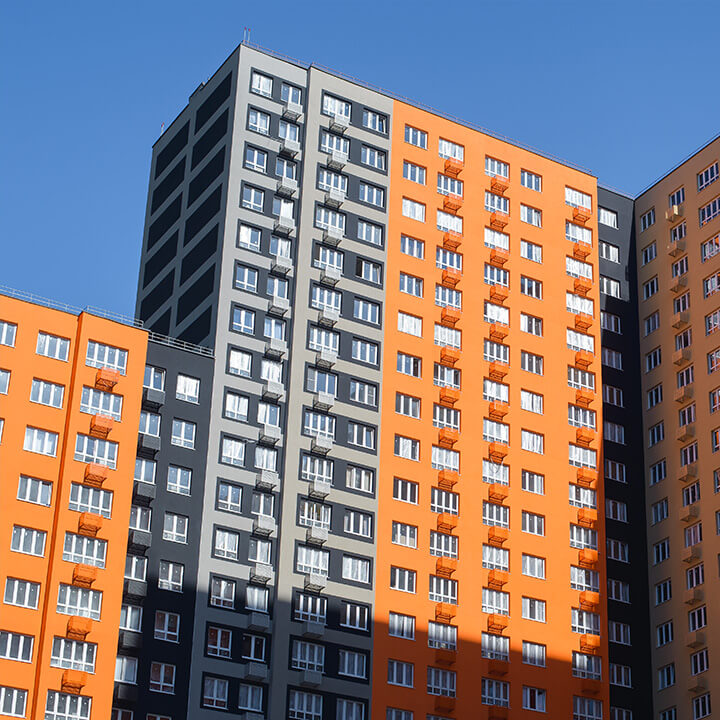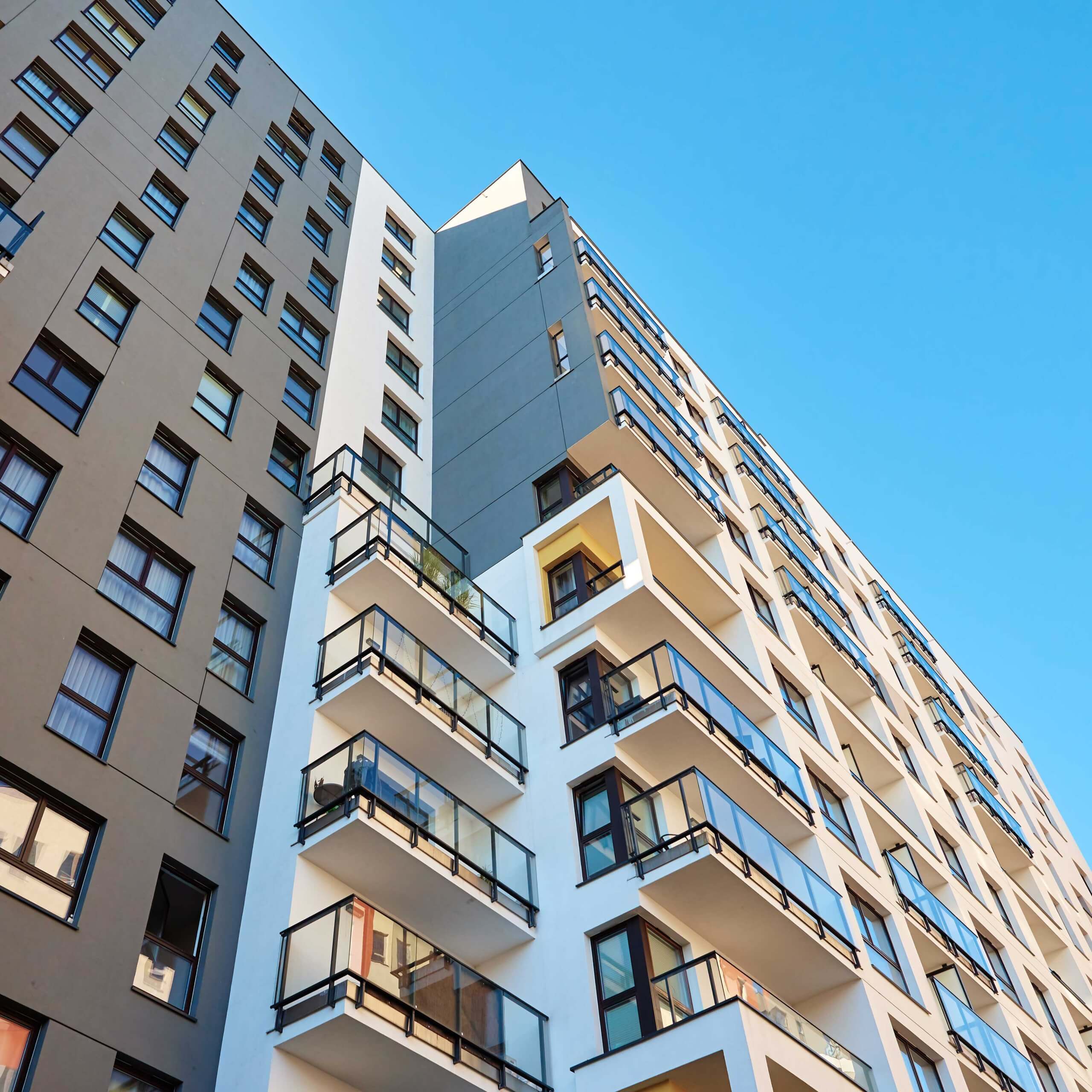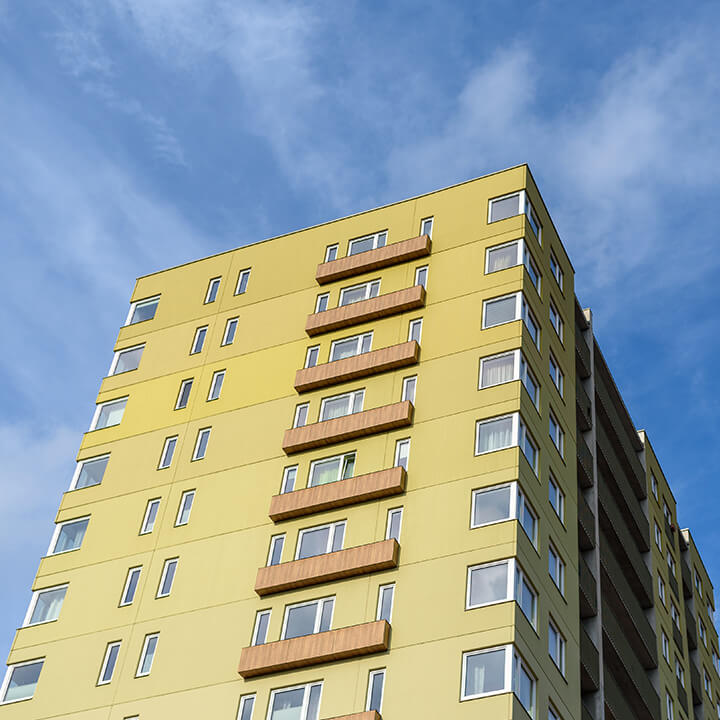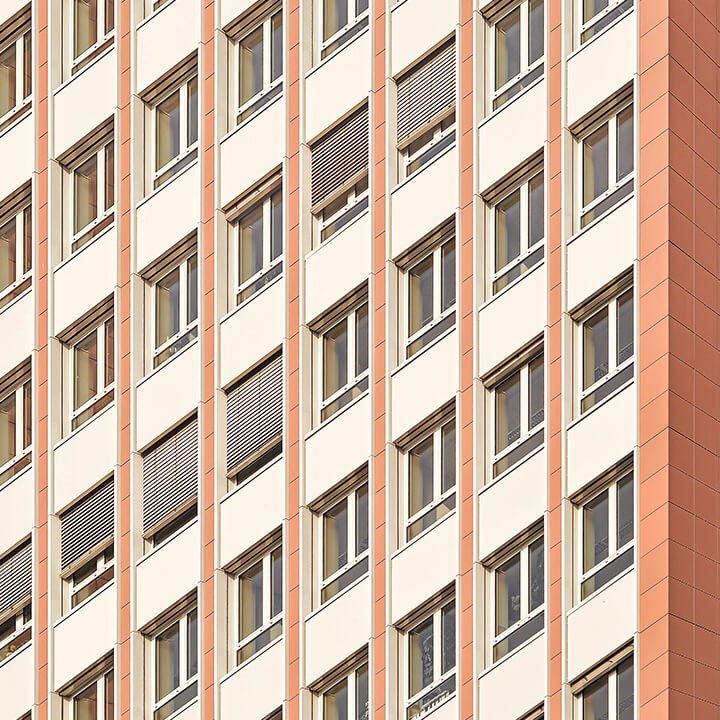Building Safety Act 2022 (BSA): Gateway 2 applications
29th January 2024
The Topline
“The Building Safety Act creates a more stringent regulatory framework for the built environment led by the Building Safety Regulator. It introduces the Gateway Regime which refers to a specific set of processes and regulations that apply to Higher Risk Buildings (HRBs). There are a number of key elements to the Gateway Regime that all members of a design and construction team need to be aware of, particularly with respect to Gateway 2, as no work to HRBs can start until Gateway 2 approval from the BSR is received.”
– Inam Hasan, Associate, Construction & Engineering


Building Safety Act 2022 (BSA): Gateway Regime
The building control gateway approval regime applies to “Higher Risk Buildings” (HRBs) – A HRB is a building that is at least 18 metres in height, or has at least 7 stories, and which contains at least two residential units. It should be noted that a HRB can also include mixed-use buildings, provided the relevant criteria is met.
Gateway 1 relates to planning and has been in force since August 2021. Gateways 2 and 3 came into force in October 2023. The introduction of the requirement for Gateway 2 provides rigorous inspection of building regulation requirements to ensure that building safety is considered at each stage of the design and construction process.
This article looks at Gateway 2 in particular and sets out:
- The Gateway 2 application criteria/requirements.
- How the Gateway 2 application process works.
- How you can manage the process efficiently.
For more information on how we can help you with a Gateway 2 application, please contact Walker Morris’ Construction and Engineering team, or myself for more information.
When does Gateway 2 apply?
Gateway 2 applies for either:
- HRB work or a stage of HRB work.
- Work to an existing HRB.
“HRB work” is defined in HRB Regulation 2(1) as:
- The construction of a HRB.
- Work to an existing building that causes it to become a HRB together with any work to the building carried out at the same time as the work.
- Such work, if any, which is necessary to ensure a building that undergoes a material change to use to become a HRB complies with the applicable requirements listed in Regulation 6 of the Building Regulations 2010, together with any work to the building carried out at the same time as that work.
If any of the above work is to be carried out, an application to the Building Safety Regulator (BSR) needs to be made and approved before any work can start.
Failure to do so can lead to stop, notices, fines, and other penalties.
The Application Process (Gateway 2)
The developer of a project (“Client”) needs to submit the application but may authorise someone to submit the application on their behalf. Where this is the case, written proof of the Client’s authority must be uploaded as part of the application.
The application must contain sufficient information to show how the works (when complete) will:
- Satisfy all of the applicable functional requirements of the building regulations.
- Demonstrate how it is intended to manage construction activity so that the work carried out is as described in the application.
The application can be made in stages, but the Health and Safety Executive guidance suggests that the BSR will only consider this to be applicable where it is not viable for an application to provide detailed plans for the full HRB at that stage.
Applications are made using an online portal.
The Building Safety Regulator has made it clear that the better and more detailed application, the more quickly and cheaply it will be approved.
Once an application has been submitted, applicants will be given a single application reference number to be quoted on all communications for use as the portal entry point.
The project, development or each building concerned should be named by the applicant within the application.
How much does the Gateway 2 application cost?
The application fee for building control approval for a higher-risk building (including subsequent stage applications) is £180 and this is payable when submitting the application.
The BSR charges £144 per hour to review each application.
There may also be additional charges for any costs that the BSR incurs i.e. for liaising with relevant authorities or third-parties.
No fee is payable to submit a notice of intent to start work, commencement or inspection.
What documents should be included in the application?
Applications will need to include a reference file, which includes the name of each file and/or document and a clear description of what it is.
Applications must also include full plans (including a site location plan), specifications and schedules describing the works.
Other documents that need to be submitted are as follows:
- A competence declaration from the developer to the employer.
- A construction control plan.
- The change control plan.
- Building Regulations compliance statement.
- Fire and emergency file.
- Mandatory occurrence reporting plan statement.
- Partial completion strategy (if applicable).
- Developer statement.
“Starting” Works – What does this mean?
Once gateway approval has been given, the Building Safety Regulator must be notified of the intention to start work at least 5 days before doing so. “Starting” works means undertaking any element of permanent building works as described in the building control application.
Site set up, demolition, stripping out works or excavation of trial holes or installing test piles will not be considered as “starting” HRB works.
The BSR must also be notified within 5 days of the work reaching a point at which it is regarded as “commenced”, which is considered to be the case when foundations, any basement level (if there is one) and the structure of the ground floor is completed.
Controlled changes and mandatory reporting
If any changes are made to the approved plans or there has been a departure from strategies or policies in any approved document, such changes must be recorded in the change control log.
Change control applications must include:
- An explanation as to why the change has been proposed.
- A list of people whose advice has been sought and a compliance statement.
- An assessment of the agreed documents affected by the proposed change and a statement by the developer confirming agreement.
For the purpose of the HRB Regulations, changes are either “major” or “notifiable”.
A “major” change is considered to be a change which would undermine the basis by which the building control approval was granted. This would require a separate application to be made to the BSR for approval. The current guidance states this could take up to 6 weeks.
A “notifiable” change is a change which could potentially impact on compliance with the Building Regulations. The BSR must be notified of these changes, after which the proposed work can proceed.
The Principal Designer and Principal Contractor (for the purposes of Building Regulations) both have a duty to inform the BSR of any instances where safety may be compromised. For example:
- Defective building work.
- Fire safety issues likely to result in the spread of fire.
- Use of non-compliant products or incompatible compliant products on the construction of the building.
- Inappropriate or incorrect installation.
- Product failure against specification and claimed performance.
Gateway 2 applications: How can we support you
At Walker Morris, we have a large team of expert construction and engineering lawyers and have built a reputation for our work based on offering our clients technical yet practical advice.
Our advice covers the whole spectrum of the construction industry, from traditional developments acting for developers, contractors, and consultants, through to more complex, funded projects. This experience allows us to focus on the key issues so that our clients can achieve their objective as efficiently as possible.
We can help advise you on the new framework to ensure the regulations are being carried out effectively.
For more information, please contact our Construction & Engineering team or Inam Hasan













